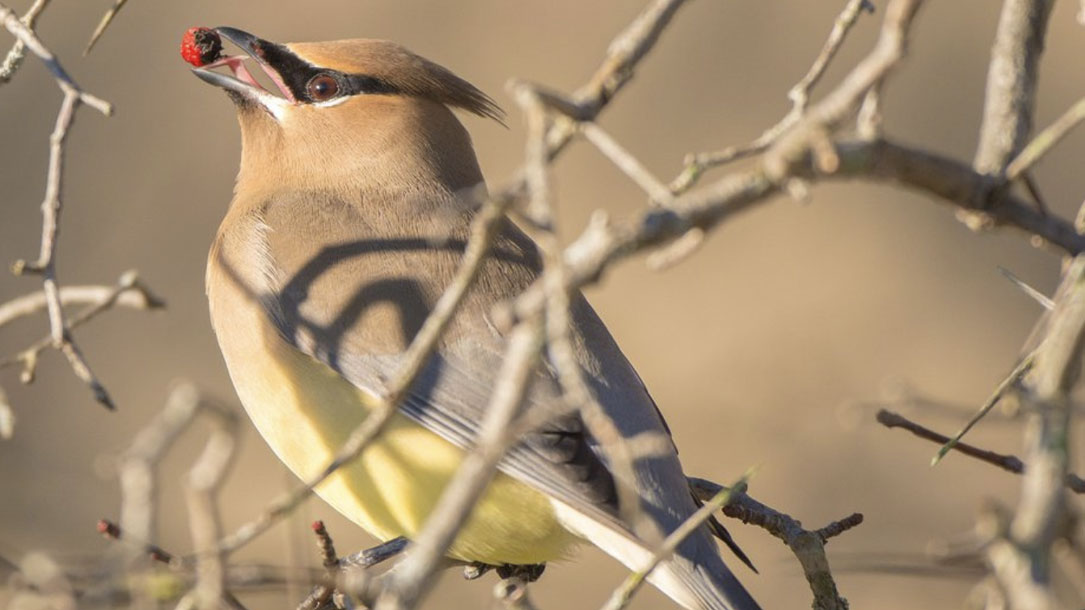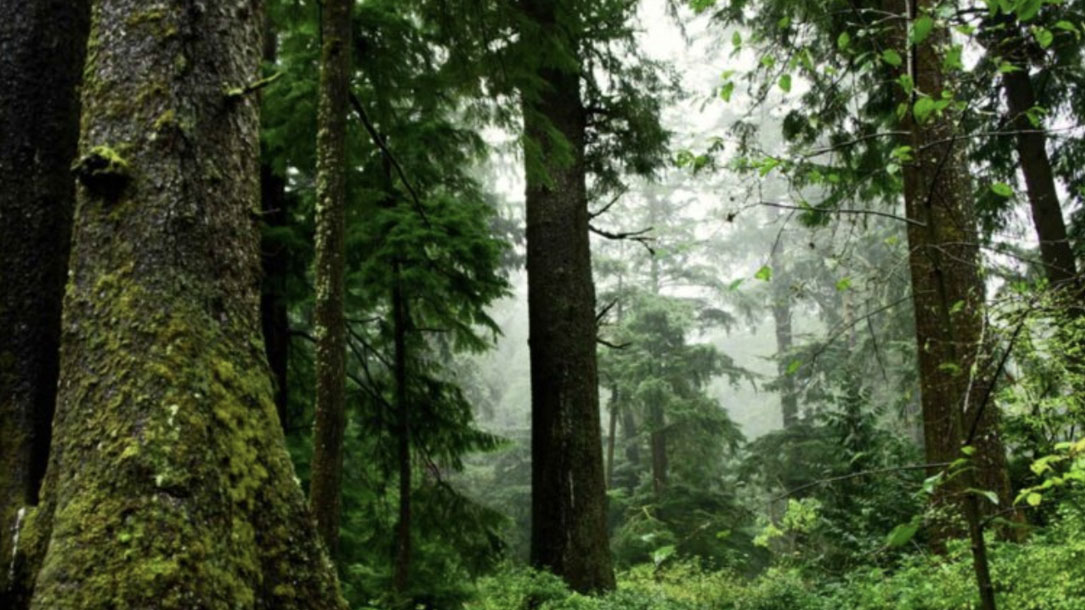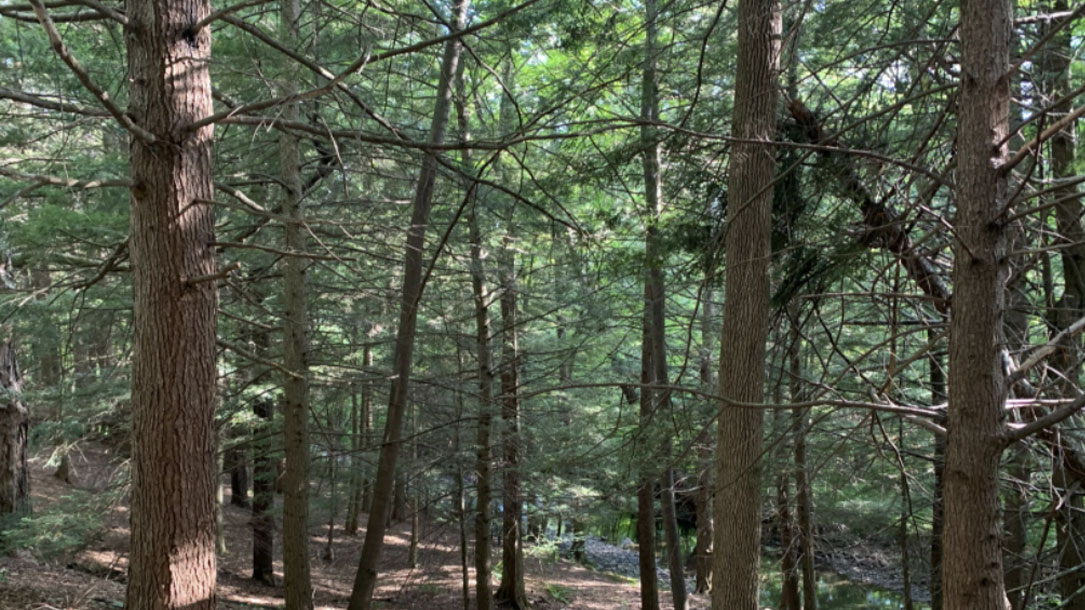
With fewer animals to move their seeds, plants are stuck in threatened habitats
Half of all plant species rely on animals to scatter their seeds through hitchhiking in scat, fur, or beaks. When animal populations decline, so does the ability plants have to disperse their seeds and adapt to climate change. Against the backdrop of a heating planet, species are shifting away from their historically-adapted climate conditions…
A study published this month in the journal Science found that 60 percent of all plants globally are already having trouble keeping up with climate change as seed-spreading species face major drops in population numbers…

The effects of defaunation on plants’ capacity to track climate change
Most plant species depend on animals to disperse their seeds, but this vital function is threatened by the declines in animal populations, limiting the potential for plants to adapt to climate change by shifting their ranges. Using data from more than 400 networks of seed dispersal interactions, Fricke et al. quantified the changes in seed disposal function brought about globally by defaunation.

Are old-growth forests protected in the U.S.?
As crazy as it sounds, no one really knows how much old growth is left in America’s forested regions, mainly because various agencies and scientists have different ideas about how to define the term. Generally speaking, “old growth” refers to forests containing trees often hundreds, sometimes thousands, of years old. But even when there is agreement on a specific definition, differences in the methods used to inventory remaining stands of old growth forest can produce major discrepancies.

Keeping trees in the ground where they are already growing is an effective low-tech way to slow climate change
Mature trees that have reached full root, bark, and canopy development deal with climate variability better than young trees. Older trees also store more carbon. Old-growth trees, which are usually hundreds of years old, store enormous quantities of carbon in their wood, and accumulate more carbon annually…

Soil organic carbon pools in the northern circumpolar permafrost region
The Northern Circumpolar Soil Carbon Database was developed in order to determine carbon pools in soils of the northern circumpolar permafrost region. The area of all soils in the northern permafrost region is approximately 18,782 × 103 km2, or approximately 16% of the global soil area. In the northern permafrost region, organic soils (peatlands) and cryoturbated permafrost-affected mineral soils have the highest mean soil organic carbon contents…

Some surprising aspects of climate change on eastern U.S. forests
Forest composition in the eastern U.S. has been changing quite dramatically during the last century. The main change has been an increase in shade tolerant and mesophytic (middle moisture) trees, such as red maple (the #1 increaser), followed by black birch, tulip poplar, blackgum, and others. These increases have been to the detriment of oak, hickory, and pine trees. My research has found that one of the main drivers of this change is the suppression of fire, starting with Smokey Bear legislation in the 1930s.
Greenhouse gases and climate change have impacted eastern forests’ fall colors in various ways…

Grasslands among the best landscapes to curb climate change
A study published Wednesday, November 14 in Science Advances by The Nature Conservancy and 21 scientific partners in the United States and Europe highlights the power of natural landscapes to resist climate change in the U.S.
Because grasslands, wetlands, forests, and other ecosystems naturally absorb and store carbon, the study shows that protecting and preserving these features of the natural world could allow for the annual absorption of one-fifth of all U.S. greenhouse gas emissions — the equivalent to emissions from all U.S. vehicles…

The surprising downsides to planting trillions of trees
On November 11, 2019, volunteers planted 11 million trees in Turkey as part of a government-backed initiative called Breath for the Future. In one northern city, the tree-planting campaign set the Guinness World Record for the most saplings planted in one hour in a single location: 303,150.

Why the Huntington Beach oil spill is so harmful to wildlife
On October 2, an oil pipeline off the coast of Southern California ruptured, spewing an estimated 144,000 gallons of crude into the Pacific Ocean. The leak created a toxic, 13-square-mile oil slick off the shore of Huntington Beach, which has since spread into coastal wetlands rich in biodiversity.
While the spill is far from the scale of infamous past disasters — the BP Deepwater Horizon spill in 2010 released roughly 930 times as many gallons into the ocean — experts say it will have sweeping impacts on Southern California’s coastal wildlife, potentially for years to come.

Earth is running low on wildlife. Plants will be next.
The seeds of this story were planted in a steaming pile of elephant dung somewhere in the African savanna. Elephants love to stuff their faces with fruit, and fruit trees like marulas need a way to spread their seeds, so the two species have developed an intimate and symbiotic relationship. A single African savanna elephant is capable of dumping seeds up to 65 kilometers (40 miles) from the site of its feast, making them the most impressive seed transporters in the animal kingdom.












